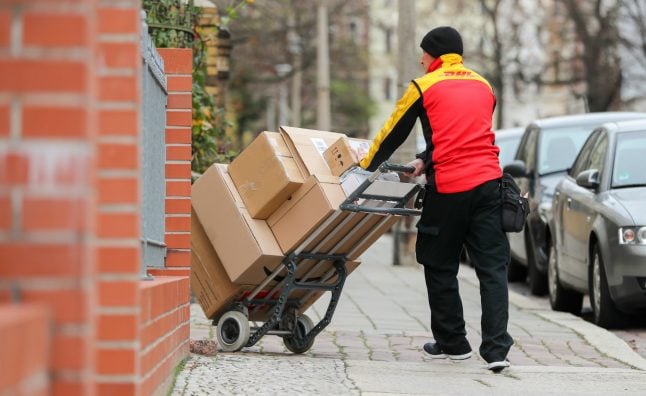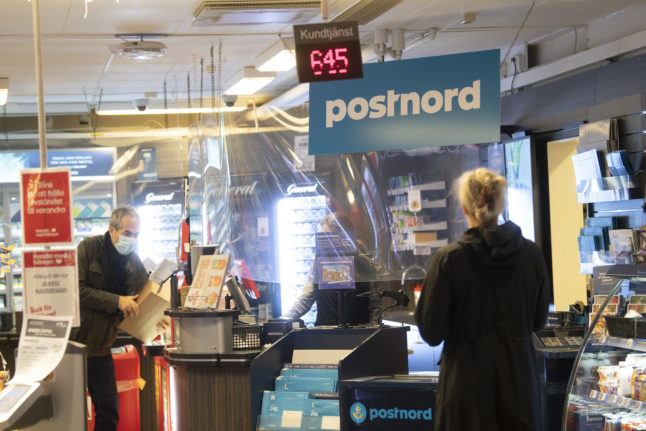As of January 1st, customers who use DHL will pay an average of three percent more to send parcels, the Bonn-based company announced on Tuesday.
The increase depends on the type of package.
A medium-sized parcel weighing up to two kilos, for example, will cost €4.79 in a DHL branch for domestic shipping in future, compared with the current €4.50. The cost of shipping a 10-kilo parcel will rise by a euro to €10.49.
The last time the company raised its parcel prices was in 2017.
The company said the price increase was due to there being more staff and extra transport costs.
READ ALSO: Sending post in Germany before Christmas? Here's what you need to know
Customers who organize their mail delivery online and hand it in to a post office pay significantly less. The medium-sized two-kilo parcel will be 30 cents cheaper online.
The only type of shipment not affected by the price hike is the 'S' (small) package, which can weigh up to two kilos. That will still cost €3.79 – and is the same whether posted in the branch or online.
Costs are on the up
The price increase comes as no surprise. Competitors, such as Hermes, have already raised their retail prices this year
In addition, both Deutsche Post and its competitors raised prices for businesses. These companies in turn are likely to have passed on most of the higher costs to private customers.
Thanks to the online boom, the parcel sector has enjoyed strong growth in the last few years, a trend which is likely to continue in future.
However, companies will also have to shoulder higher costs for staff. Meanwhile, government climate protection requirements will result in firms having to invest more in measures, such as a modern fleet of vehicles for delivery.



 Please whitelist us to continue reading.
Please whitelist us to continue reading.
Member comments